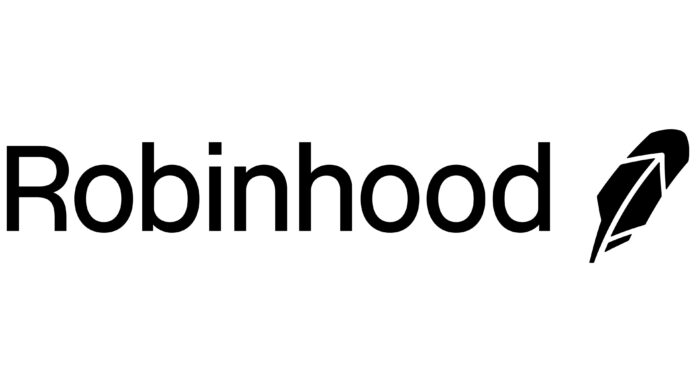Despite having been widely expected to win a position on the most recent list of US equities, Robinhood Markets Inc. lost significant ground on Monday because it was not included in the S&P 500 index. Recent good results and a recent rise in Robinhood’s shares made more investors believe the company would soon be added to the benchmark index. Nevertheless, when S&P Dow Jones Indices announced Friday’s close that no new names would be entered, Robinhood’s stock soon went down.
The premarket drop of more than 3% took away the positive progress made by the company in recent days. This fall happened after a 13% increase the previous week, which a lot of traders thought was led by anticipation of the S&P 500’s inclusion. Consequently, the news proves that Robinhood is still not considered a top-tier U.S. company at this time, despite achieving some important milestones.
Why Inclusion Matters So Much
It’s not only the prestige that comes with being included in the S&P 500. Robinhood can get a lot of new funds from index-tracking funds and ETFs due to the requirement for buying shares of any new companies they add. As a result of these inclusions, more people and big investors become interested in a company’s stock.
During the June review of S&P 500 listings, Bank of America thought Robinhood was a top choice for inclusion. Given that Robinhood saw a rise in its market value and trading activity, people were hoping for outstanding results from the company. Even though the index did not move, investors were obliged to recheck their estimates, and the decline continued within no time.
A Comeback Year Overshadowed
This does not stop the fact that Robinhood has performed admirably in 2025 so far. Twitter’s stock has almost doubled this year because engagement on the platform is higher, and there is a better mood around crypto. After the shopping spree on financial markets in 2021 ended, the company faced extra difficulties due to the crypto winter after the fall of FTX.
Now that prices for digital assets are increasing and stocks seem more promising, Robinhood is once more receiving publicity. Factoring in the company’s all-time high, it looks like those positive feelings about its prospects are back for the time being.
It is being said that Robinhood’s current strength matches or even surpasses what it was a year earlier, without relying on the S&P 500 jump. Nevertheless, companies not included in the index are limited in how much they can grow and get rewarded in the short term, especially by passive investors and rising prices.
How the Market Reacted
No one in the larger stock market responded much to the S&P’s unchanged state, but Robinhood’s stock jumped and plummeted upon hearing the news. Traders who were hoping for quick profits from being included in finance soon walked away from their investments. Even though the drop was relatively mild, it reminded people that when results don’t go as hoped, everything can reverse fast in the market.
On the other hand, Coinbase, a leading fintech business, was recently included in the S&P 500, and its shares went up by 24% after the news. Because of the rally, investors are now confident that S&P inclusion can push prices to rise considerably. Robinhood’s omission from the list made the difference between these two companies even clearer.
Looking Ahead
There is still adequate promise in Robinhood’s prospects. The company is now offering more services, increasing the number of users, and working in a place where finance and technology mix. The company’s funds are improving, and the markets are supportive of it.
The company may yet be added to the S&P 500 in a future rebalance, especially if it maintains its upward earnings and market cap trajectory. For now, though, the path to that milestone will require continued performance and patience.








